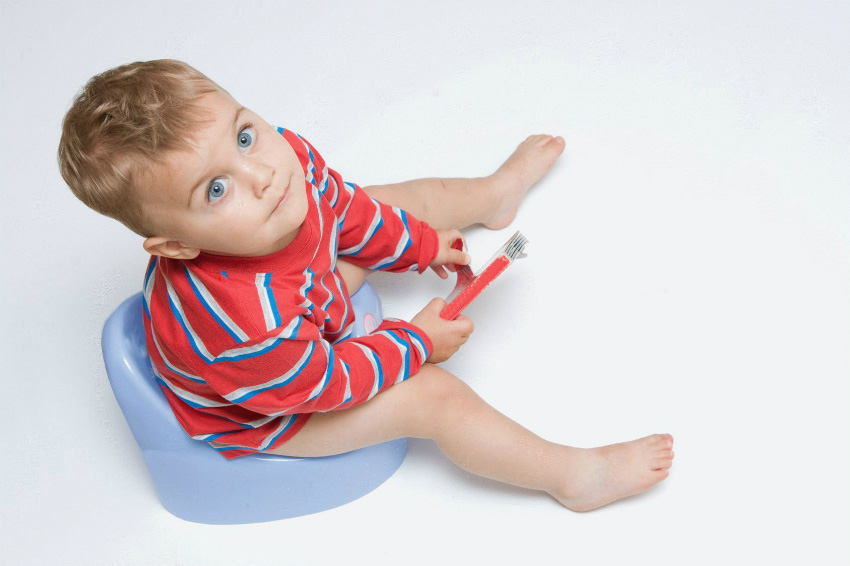Montessori education is a method that aims the child to be self-sufficient and learn by experiencing life. It is possible to see the traces of this method everywhere, including toilet training.
In this article, we wrote the things to consider in Montessori toilet training, let’s get started!
1- Is your child ready or not?
Clinical Psychologist Pınar Marble says that the 18-48 month range is ideal for toilet training children. However, each child’s development progresses differently. Then you can tell that the diaper period has expired by looking at these signs:
-Walks comfortably without support
-If he can express himself with some of the words he has learned,
-Can perform simple commands
-If he feels uncomfortable when the diaper gets wet and asks you to take it off,
-If the diaper stays dry for at least 2-3 hours during the day, you can start toilet training.
2- Are you ready?
Toilet training will wear you out as well as your child. His irritability and refusal to use the toilet will cause you to not know what to do from time to time. A lot of laundry will come out, you won’t be able to go out, maybe you won’t be able to invite guests to the house. You should not start training before you find the patience to face all of these.
3- Have a strong sense of trust
Weaned, out of the cradle, and you and your child one last bond. Changing diapers will now be your child’s last addiction to you, and ending it can trigger separation anxiety.
If you have given confidence to your child, it will not be difficult for him to get rid of this bond, but if you think that the feeling of trust between you is weak, you should not start toilet training without strengthening this feeling! Therefore, keep in mind that one of the things to be considered in toilet training is the strength of the sense of trust.
4- Do not compare your child with others
Comparing is devastating for any child. You may think you are encouraging, but these actually damage your child’s self-confidence. Therefore, if you say what we should pay attention to when toilet training, one of the answers will definitely be not to compare your child with others. During this process, never make comparisons like “your brother/sister did this, your friend did that”!
5- Prepare with tales and stories
If your child enjoys having you read to him, you should try reading books that tell a fun story about toilet training. Let the character in the story you read go to the toilet, stop tying his diaper, go to the toilet and don’t forget to wash his hands! At this point, toilet training tales can come in handy.
6. Decide the toilet time together
Your child will enjoy having a say in what they do. So talk to him about what day he will go to the toilet. But don’t prolong the process and make constant reminders about the day.
Another issue on what should be considered in toilet training is the time spent on the potty. If he doesn’t go to the toilet when he sits on the potty but does it while playing, don’t say anything to him until you express that you are uncomfortable with this situation. Your 2.5-3 year old child will be uncomfortable with that hot wetness or fullness underneath, be sure. Wait a few minutes and intervene if he doesn’t.
Whether or not she tells you about her discomfort, sweetly tell her that it’s not pleasant and that she can go to the potty if she wants to.
7- Use your training pants sparingly
Training panties have an important place in toilet training, but according to Montessori training, these panties are not recommended to be used frequently as they make the child feel like they have a diaper underneath. That’s why in Montessori toilet training, training pants are only used at the very beginning.
8- He can reach the toilet himself
The important thing in Montessori education is to ensure that the child always achieves what he can do. Just as the baby can lie down on his bed in the room and take the items from his closet himself, the toilet should be suitable for his height and his feet should touch the floor.
If your child’s feet do not touch the ground in the toilet where he sits, he may be afraid of it. That’s why you should either use a potty or toilet adapter along with a ladder to get there easily. This will increase your child’s self-confidence.
